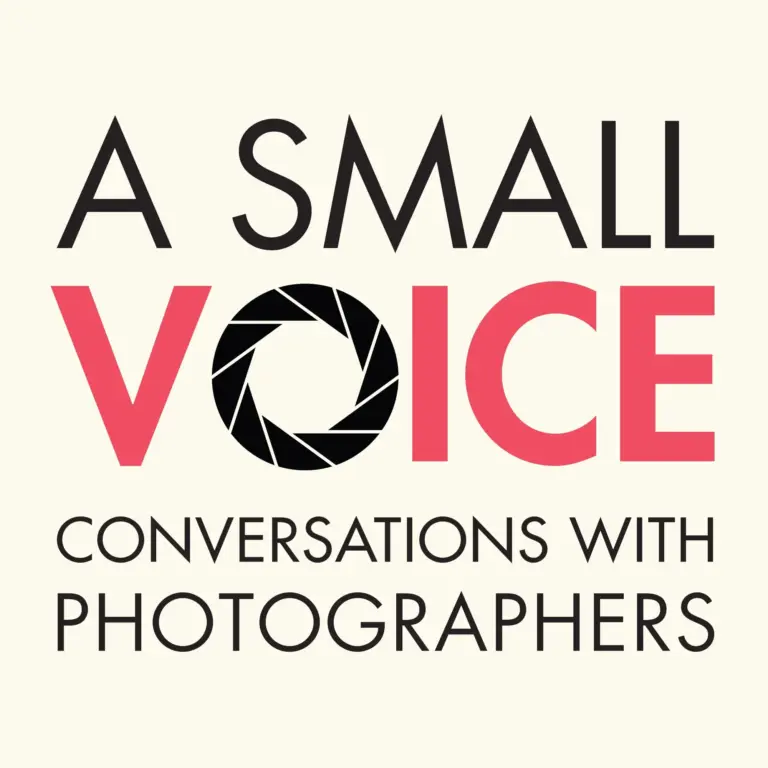
Visual storyteller Kiana Hayeri grew up in Tehran and moved to Toronto while she was still a teenager. Faced with the challenges of adapting to a new environment, she took up photography as a way of bridging the gap in language and culture. In 2014, a short month before NATO forces pulled out, Kiana moved to Kabul and stayed on for 8 years. Her work often explores complex topics such as migration, adolescence, identity and sexuality in conflict-ridden societies.
In 2014, Kiana was named as one of the emerging photographers by PDN 30 Under 30. In 2016, she was selected as the recipient of Chris Hondros Award as an emerging photographer. In 2017, she received a grant from European Journalism Center to do a series of reporting on gender equality out of Afghanistan and received Stern Grant in 2018 to continue her work on the state of mental health among afghan women. In 2020, Kiana received Tim Hetherington Visionary award for her proposed project to reveal the dangers of dilettante “hit & run” journalism. Later that year, she was named as the 6th recipient of the James Foley Award for Conflict Reporting. In 2021, Kiana received the prestigious Robert Capa Gold Medal for her photographic series Where Prison is Kind of a Freedom, documenting the lives of Afghan women in Herat Prison. In 2022, Kiana was part of The New York Times reporting team that won The Hal Boyle Award for The Collapse of Afghanistan and was shortlisted under International Reporting for the Pulitzer Prize. In the same year, she was also named as the winner of Leica Oskar Barnack Award for her portfolio, Promises Written On the Ice, Left In the Sun, an intimate look into the lives of Afghan from all walks of life.
Kiana, along with her colloaborator, the researcher Mélissa Cornet, is recipient of the 2024 Carmignac Photojournalism Award for the reportage No Woman’s Land, an investigation into the plight of women in Afghanistan under the Taliban and the work will be showcased in a double exhibition this Autumn - from October 25th to November 18th - at the Réfectoire des Cordeliers in Paris as part of the Photo Saint Germain festival.
Kiana is a Senior TED fellow, a National Geographic Explorer grantee and a regular contributor to The New York Times and National Geographic. She is currently based in Sarajevo, telling stories from Afghanistan, The Balkans and beyond.
In episode 239, Kiana discusses, among other things:
Her story for the NYT about FGM in Gambia
Gender apartheid
Her take on winning awards as a photojournalist
Having to Google what the Robert Cap Gold Medal was - having won it
Her book When Cages Fly
Moving to Canada from Iran as a teenager
How photography helped her bridge the ‘culture and language gap’.
Being at a ‘gifted’ school
Her first trip to Afghanistan
Comparisons with Iran in terms of relative ‘liberalism’.
Her first commission from National Geographic
Her story on women in Herat prison
The moment Afghanistan fell to the Taliban and her guilt over leaving friends behind
Gender apartheid in Afghanistan specifically
The dangers of ‘dilettante hit and run journalism’
Referenced:
“I tell people having a camera is like living a thousand different lives, but you have that camera as an excuse to immerse yourself into something, live it for a while and then walk away when you’re ready.”
- Become a full tier 1 member here to access exclusive additional subscriber-only content and the full archive of previous episodes for £5 per month.
- For the tier 2 archive-only membership, to access the full library of past episodes for £3 per month, go here.
- Subscribe to my weekly newsletter here for everything A Small Voice related and much more besides.
- Follow me on Instagram here.
- Build Yourself a Squarespace Website video course here.